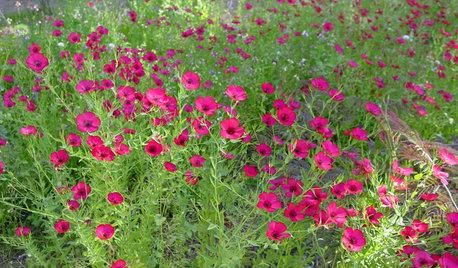Complete fertilizers?
ms_minnamouse
12 years ago
Featured Answer
Comments (13)
tapla (mid-Michigan, USDA z5b-6a)
12 years agoJoe1980
12 years agoRelated Professionals
Bridgeview Landscape Contractors · Cordele Landscape Contractors · Emmaus Landscape Contractors · Fort Atkinson Landscape Contractors · Longview Landscape Contractors · Salem Landscape Contractors · Tustin Landscape Contractors · Wallingford Landscape Contractors · Woodland Landscape Contractors · Bensenville Landscape Contractors · Muscoy Solar Energy Systems · Central Islip Window Contractors · Granite City Window Contractors · Downers Grove Fence Contractors · Fort Lauderdale Fence Contractorsms_minnamouse
12 years agogreenman28 NorCal 7b/8a
12 years agoJoe1980
12 years agoms_minnamouse
12 years agopenfold2
12 years agoJoe1980
12 years agoms_minnamouse
12 years agopenfold2
12 years agoms_minnamouse
12 years agopenfold2
12 years ago
Related Stories

GARDENING GUIDESGet on a Composting Kick (Hello, Free Fertilizer!)
Quit shelling out for pricey substitutes that aren’t even as good. Here’s how to give your soil the best while lightening your trash load
Full Story
GARDENING GUIDESCommon Myths That May Be Hurting Your Garden
Discover the truth about fertilizer, soil, staking and more to keep your plants healthy and happy
Full Story
GARDENING GUIDESHow to Switch to an Organic Landscape Plan
Ditch the chemicals for a naturally beautiful lawn and garden, using living fertilizers and other nontoxic treatments
Full Story
GARDENING GUIDESHow to Keep Your Citrus Trees Well Fed and Healthy
Ripe for some citrus fertilizer know-how? This mini guide will help your lemon, orange and grapefruit trees flourish
Full Story
GARDENING GUIDESSouthwest Gardener's August Checklist
Manage monsoon effects, remember to fertilize and don't let the heat deter you from planting for fall
Full Story
GARDENING GUIDESNew Ways to Think About All That Mulch in the Garden
Before you go making a mountain out of a mulch hill, learn the facts about what your plants and soil really want
Full Story
FRUIT TREESHow to Grow Your Own Persimmons
Sturdy and easy to care for, these trees offer bright fruit through winter — and keeping them in bounds is no sweat
Full Story
GOLD FOLIAGEGreat Design Plant: Ginkgo Biloba
This ancient tree provides shade, tolerates urban planting conditions and explodes with golden yellow fall color
Full Story
GARDENING GUIDES7 Ecofriendly Gardening Ideas That Also Cut Chore Time
Spend less time weeding, less money watering and more moments just sitting back and enjoying your healthy garden
Full Story
LANDSCAPE DESIGNGet Along With Less Lawn — Ideas to Save Water and Effort
Ditch the mower and lower your water bill while creating a feast for the eyes with diverse plantings and gathering places
Full StoryMore Discussions








emgardener